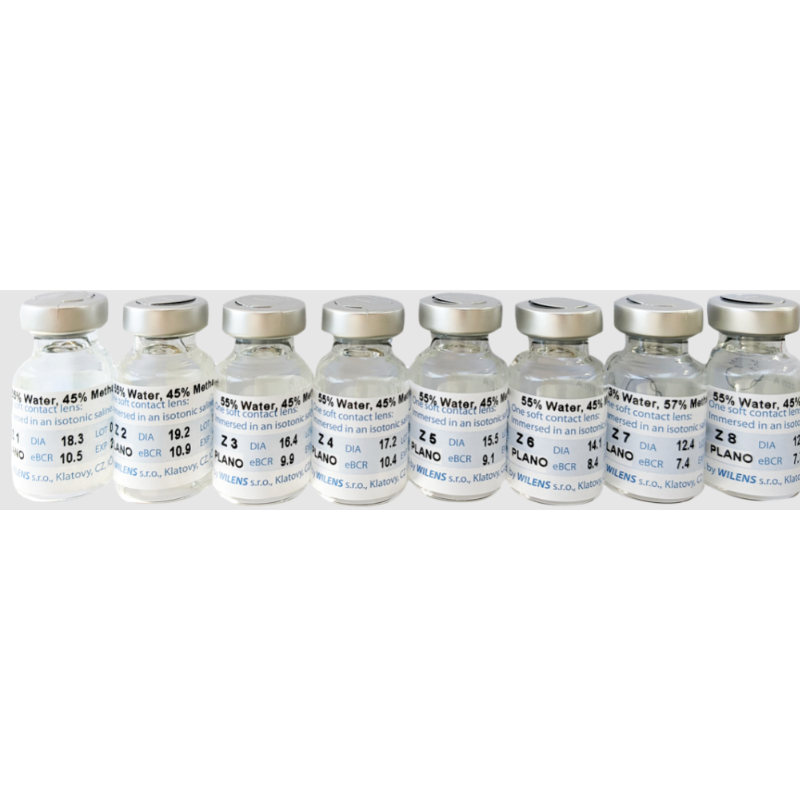WILENS Veterinary Corneal Bandage Lens
Functions
The WILENS Veterinary Corneal Bandage Lens is used to promote the healing of corneal ulcers or injuries in animals.
Indications
- Superficial corneal ulcers or wounds.
- Post-operative care after lamellar keratoplasty.
- Superficial keratitis.
- Temporary corneal coverage during eyelid injury recovery.
- Post-operative care after symblepharon surgery.
- Post-operative care after deep globe puncture surgery.
- Dry eye syndrome (with normal tear volume).
- Helps distribute eye medications evenly on the cornea.
Contraindications
- Dry keratoconjunctivitis.
- KCS (if tear volume is normal, use at veterinarian’s discretion).
- Concurrent use of corticosteroid eye drops.
- Concurrent use of oil-based eye medications.
Technical Specifications
| Name | Diameter | Central thickness | eBCR |
|---|---|---|---|
| Z1 | 18.3 | 0.40 | 10.5 |
| Z2 | 19.2 | 0.40 | 10.9 |
| Z3 | 16.4 | 0.30 | 9.9 |
| Z4 | 17.2 | 0.25 | 10.4 |
| Z5 | 15.5 | 0.26 | 9.1 |
| Z6 | 14.1 | 0.15 | 8.4 |
| Z7 | 12.4 | 0.10 | 7.4 |
| Z8 | 12.9 | 0.10 | 7.7 |
Species Examples
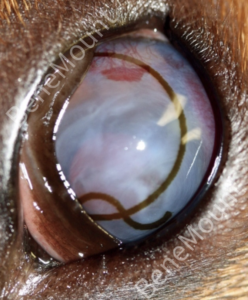
Bandage Lens For Dog
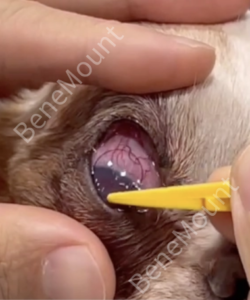
Bandage Lens For Dog
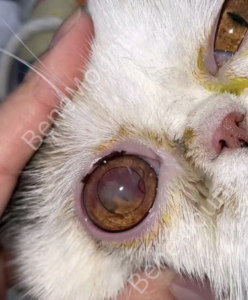
Bandage Lens For Cat
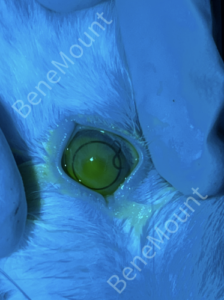
Bandage Lens For Rabbit
How to Choose the Appropriate Size
Selecting the appropriate corneal bandage lens requires measuring the animal’s corneal diameter (limbus to limbus) using the included measuring gauge.
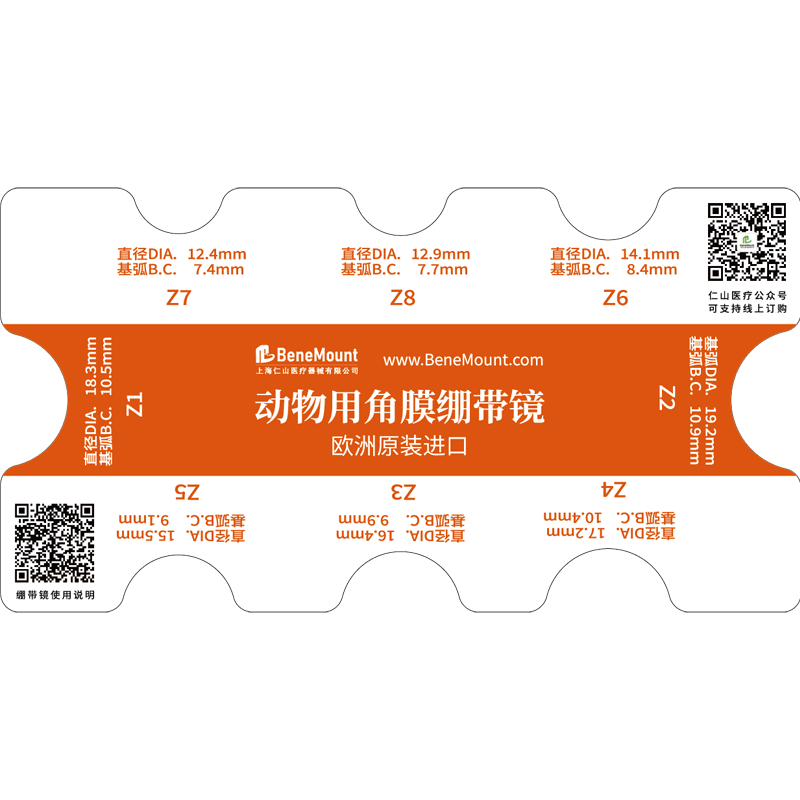
Fitting Protocol
- Measure the corneal diameter.
- Select a lens size closely matching the corneal diameter (refer to the specifications table).
- If looseness occurs, switch to a tighter-fitting lens by selecting a smaller diameter and base curve.
Precautions for Placement
- Place the lens beneath the third eyelid.
- Ensure a proper, slightly tighter fit.
- The lens should not extend beyond the limbus.
- Avoid loose fits to prevent dislodgement.



